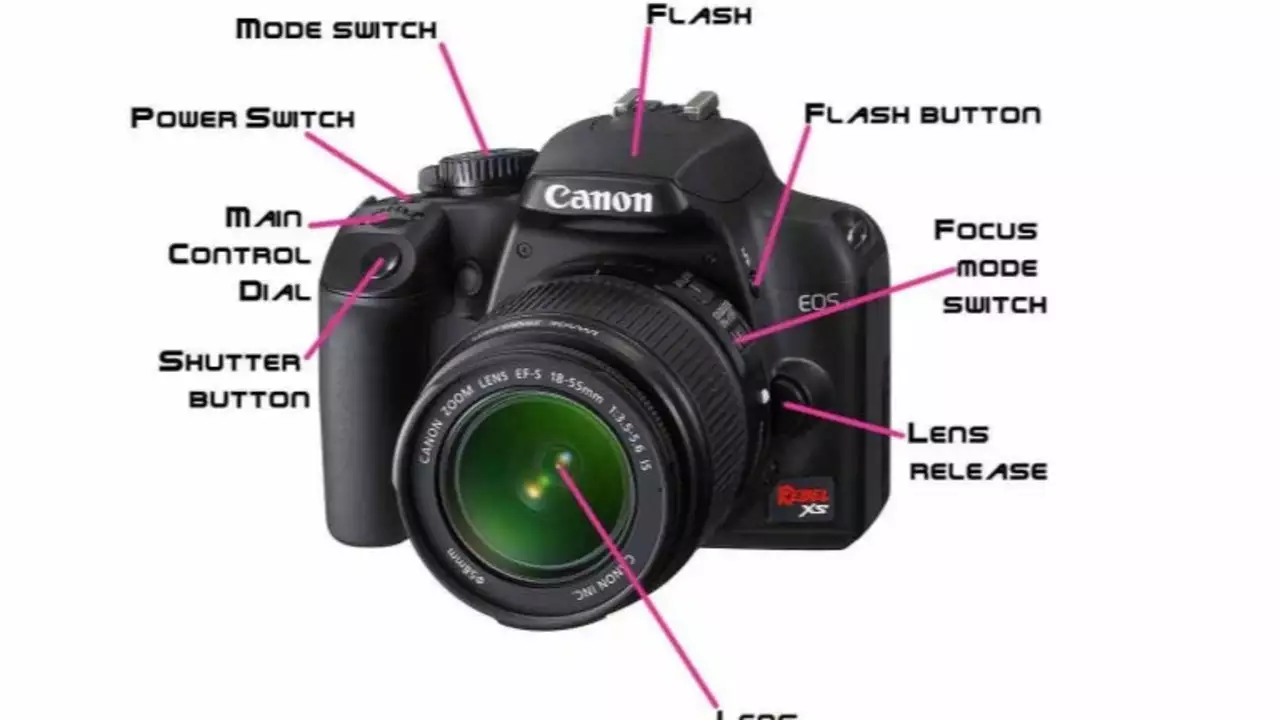The Significance of the Lens
As an integral component of a digital camera, the lens cannot be overlooked. The lens is like the eye of the camera, and it plays a crucial role in determining the quality and clarity of the images you capture. The lens gathers light and focuses it on the camera's sensor to create an image. The quality of the lens significantly impacts the sharpness, clarity, contrast, and color accuracy of the photos you take. A high-quality lens can make a world of difference, even with a lower-end camera.
Understanding the Sensor
The sensor is the heart of a digital camera. When light enters through the lens, it hits the sensor, which converts it into an electrical signal. The camera's processor then turns this signal into a digital image. The size and quality of the sensor play a significant role in the overall image quality. Larger sensors can capture more light and detail, resulting in better image quality, especially in low-light conditions.
The Critical Role of the Processor
The processor in a digital camera is like the brain. It takes the raw data from the sensor and converts it into a format that can be stored on a memory card. Furthermore, it handles various tasks such as auto-focus, noise reduction, and color correction. A faster processor can handle these tasks more efficiently, resulting in quicker focus times and less lag between shots.
The Importance of the Viewfinder
The viewfinder is what you look through to compose and focus your shot. Some digital cameras feature an optical viewfinder, which allows you to see exactly what the lens sees. Others have electronic viewfinders that display a digital image on a small screen. The clarity and accuracy of the viewfinder can significantly impact your ability to capture the scene as you envision it.
Considering the Shutter Speed
Shutter speed is the amount of time the camera's shutter is open and exposing the sensor to light. It's a critical factor in both the exposure and motion blur of your photos. A faster shutter speed can freeze motion, while a slower shutter speed can create a motion blur effect. Understanding and controlling shutter speed is essential for achieving the desired effects in your photography.
Importance of Aperture
Aperture refers to the size of the opening in the lens through which light enters the camera. It's measured in f-stops, and a smaller f-stop number means a larger aperture, and vice versa. Aperture affects both the exposure and depth of field of your photos. A wider aperture allows more light to enter the camera, which is useful in low-light situations, and also creates a shallow depth of field, allowing you to blur the background of your shots.
Understanding ISO Settings
ISO is a measurement of the camera sensor's sensitivity to light. A lower ISO setting will make the sensor less sensitive to light, resulting in a darker image, but with less noise. Conversely, a higher ISO setting increases the sensor's sensitivity, allowing you to take brighter images in low-light conditions, but at the cost of increased noise. Balancing ISO with shutter speed and aperture is crucial for achieving optimal image quality.
The Role of the Flash
While not always necessary, the flash can be an essential tool in certain situations. It provides additional light when shooting in low-light conditions, or can be used to fill in shadows in bright, contrasty situations. However, it's important to use the flash judiciously, as overuse can result in harsh, unnatural-looking photos.
Considering the Camera's Ergonomics
Last but not least, the ergonomics of a digital camera are crucial. The design and layout of the controls, the weight and balance of the camera, and the comfort and grip of the camera body can significantly impact your shooting experience. A camera that feels good in your hands and allows you to adjust settings quickly and easily can make the process of taking pictures much more enjoyable and efficient.
